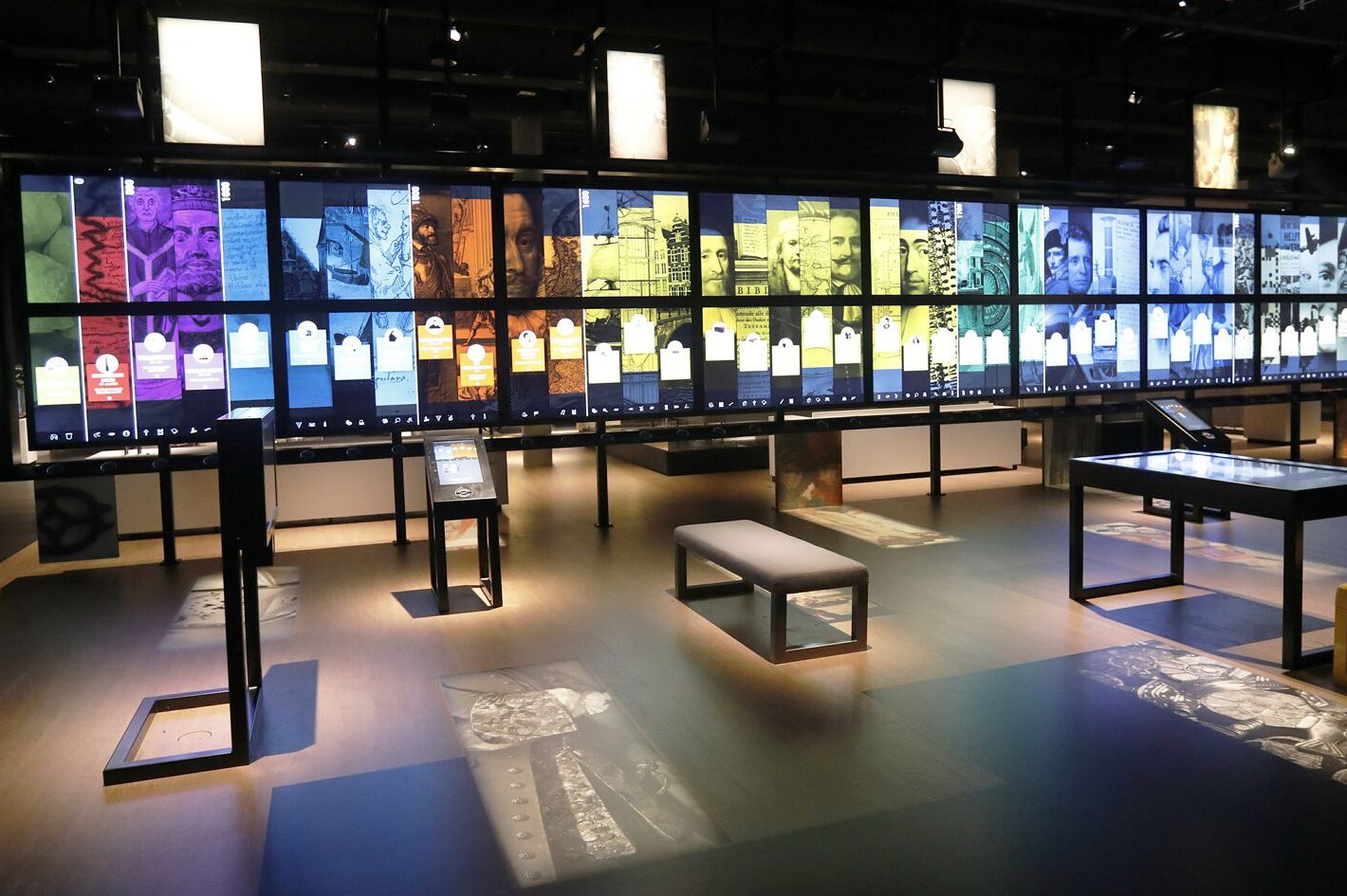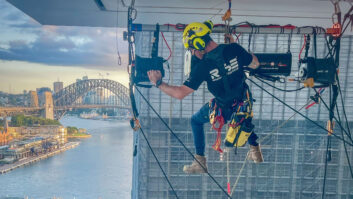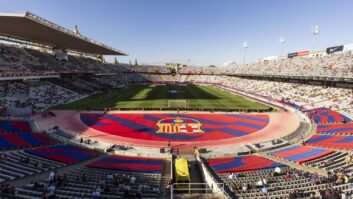
In the first part of our major AV projects special report, we looked at how those involved can ensure that challenging projects are no less successful than simpler ones. Here Ian McMurray reveals some of the pitfalls to avoid to keep projects on track.
Eliot Fulton-Langley, solutions architect at UK integrator CDEC, has found projects become more complicated where his team are at some remove from the client.
“Generally, the further from the final client you are in the chain, the more complex the project is due to lack of clarity and direct communication,” he says. “Politics can also have a great impact. This is more so where the integrator is employed by a construction company, with consultants and M&E contractors involved. Beyond this, the fixed expectations of the customer can often cause the complexity, especially if they are not open to forming a tight relationship and listening to advice from the integrator.”
Although not unknown, it seems that AV technology itself is rarely the cause of complexity in a project. Integrators are, after all, well used to being at the leading edge – and it’s perhaps the one element over which they have control. What’s interesting, though, is that it seems that a high-value or high-profile project is not necessarily complex. A multi-site project need be no more complicated than a single-site one – although, of course, it presents its own problems.
Complexity is hardly ever related to scale – unless you consider time a complexity
Sierk Janszen, Rapenburg Plaza
“Multi-site raises the simple issue of travel time and logistics,” says consultant Roland Hemming. “You physically can’t keep your eye on everything all the time. It’s more difficult to ensure consistency across a multi-site project as there are likely to be different contractors and managers involved.”
“It’s more about the scope of the project,” believes Fulton-Langley. “Hanging 100 screens across many sites is not complex, other than logistically. Designing and installing complex AV systems may rely on the customer’s infrastructure and network configuration which the integrator has little influence over, even if only across two sites.”
“No, multi-site isn’t necessarily more complex,” adds Blair Parkin, EMEA principal at TEECOM. “Multi-site is going to be more work, of course, but not always more complex work.
“Multi-country projects, though, almost always translate into greater complexity,” he continues. “Different building codes, cultural variations, language barriers, varied power requirements are just a few of the many challenges. Localisation is an incredibly complex thing to manage; engineering changes aren’t too challenging, but people certainly can be.”
Project scale
Although not of itself a guarantee of increased complexity, the scale of a project also introduces potential pitfalls. Just doing the same as you would do for a smaller project, but doing more of it, isn’t necessarily the answer.
“Complex projects require a different approach as complexity is hardly ever related to scale – unless you consider time a complexity,” adds Sierk Janszen, partner and co-founder of Rapenburg Plaza. “A small project using the latest technologies at the cutting edge of what they were designed for can be quite a lot more complex than a big one with tried and tested technology.”
Time, though, can indeed create complexity in what would otherwise be a simple project.
“We were recently chosen to produce an innovation showcase at a very high-profile global summit for a government,” says Steve Blyth, founder and group CEO of Engage Works. “It was a project that would normally take three months. However: the client wanted it in seven weeks. We delivered by the deadline, but learned an important lesson: always ask for more time.”
“You can’t just scale up,” avers Hemming. “You have to take an overall view of the requirements and identify the key stakeholders and the critical risks. From there, you can break the project down into tasks and sub-tasks and schedules. You then need to be able to keep driving the overall plan – and then swoop down into specific detail as required. Building a good team where there are clear lines of communication and clear definitions of people’s roles is also important.”
Some of the factors that can create complexity could be said to be common across the industry. Others, however, are unique to subsections of it. The nature of Rapenburg Plaza’s business can create unique challenges, for example, as Janszen explains.
“Our speciality is in creating a unique narrative for every individual user or visitor by combining multiple individual attractions and interactives,” he says. “Complexity can stem from using different technologies together, especially when a system needs to work in sync or as a whole.”
How possible is it, then, to identify when or where challenges might arise?
Surprises
“All projects look simple at the outset, but become increasingly complex as they progress,” smiles Parkin. “No matter how simple a project might seem, at the scale and impact we work at, there’s always going to be a lot of surprises along the way. Take the simple example of an architectural drawing we were working from with a note on it that said ‘removed for clarity’. It turned out, that marked the site of a staircase or pillar – which had major implications for positioning a projector, as we only discovered later in the project.”
The watchword here seems to be “expect the unexpected”. Blyth has another example.
“We were working for a renowned multinational professional services company to create an innovative, data-led space,” he explains. “It included collaboration software, based around our bespoke CoCreate enhanced collaboration environment solution. It was complex in itself, but simple to create and install – until the client threw in the need to then get it to port into their nationwide Windows 10 platform, as they had upgraded every site. That simple request at the end and not at the beginning created the most pain.”
There is also the inherent danger of the “been there, done that” syndrome, as Ross Magri, managing director of Sarner, notes.
“The simplest of projects tend to be the most challenging,” he says. “That’s frequently not because of the level of sophistication, but as a result of over-confidence and consequent lack of planning – which leaves one exposed to unforeseen issues that can be difficult or near impossible to resolve.”
For Fulton-Langley, there are multiple reasons why a project can become more challenging.
“Looking at the size of the spaces being installed into can be deceptive,” he believes. “I have worked on ‘small’ projects in the past that have taken more time and energy than a much larger space. The further into the project we went, the more the customer and integrator had to meet to discuss the next steps. It turned into a much more complex project – but with a good relationship in place, all issues were eventually resolved. A key complexity of this project was issues that were caused by other trades on site before the integrator.
“Customers changing the scope can also cause a project to go from simple to complex very quickly,” he adds.
Five things to do to ensure complexity doesn’t derail a project
1. Plan
2. Identify potentail challenges
3. Communicate
4. Get agreement
5. Test
www.cdec.co.uk
www.engageworks.com
www.rapenburgplaza.com
www.rhconsulting.eu
www.sarner.com
www.teecom.com







